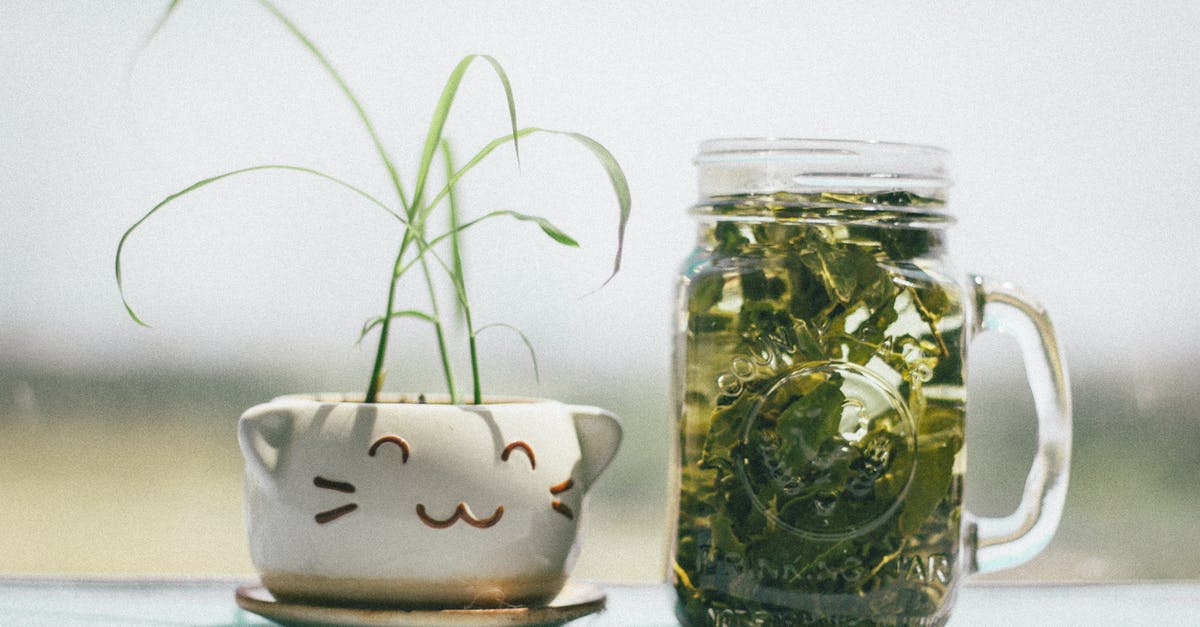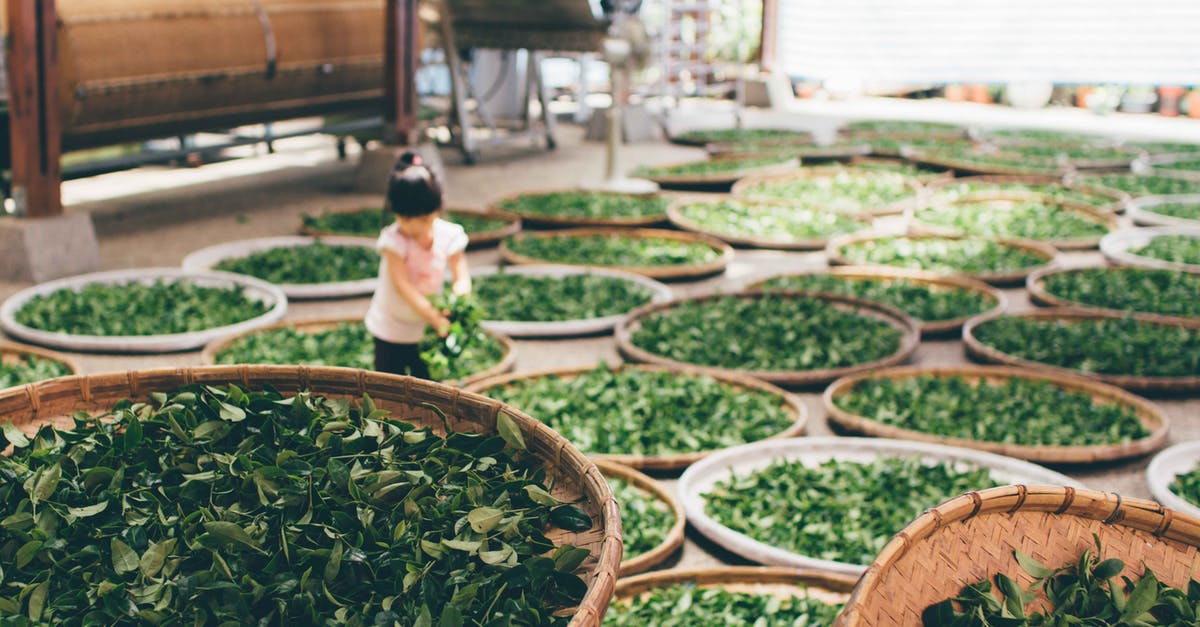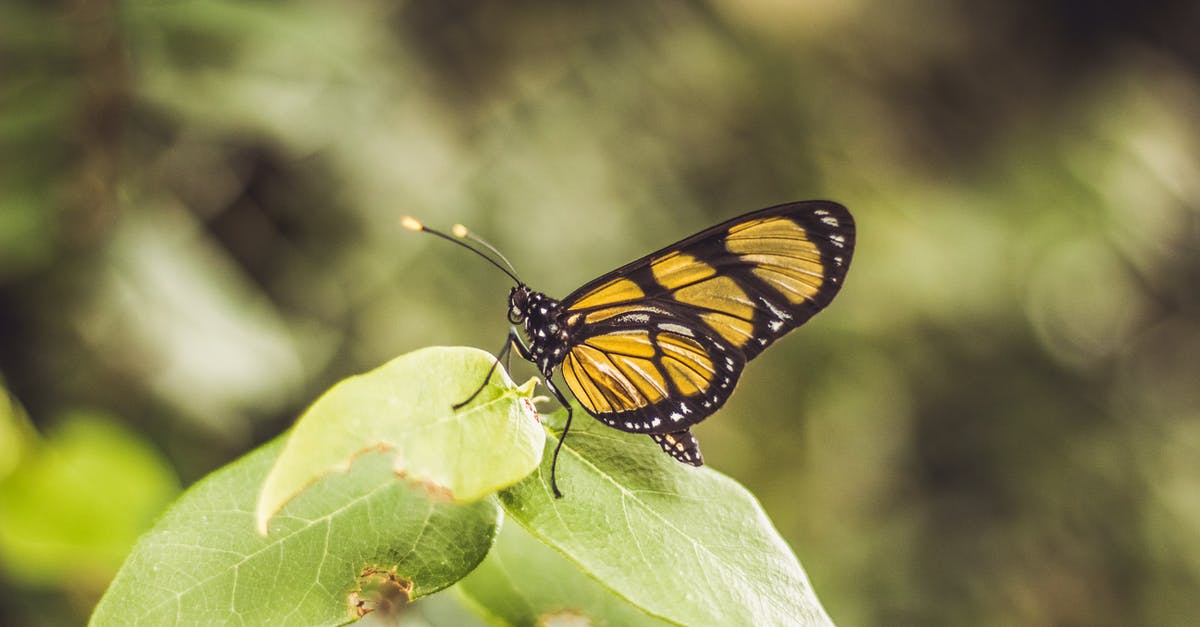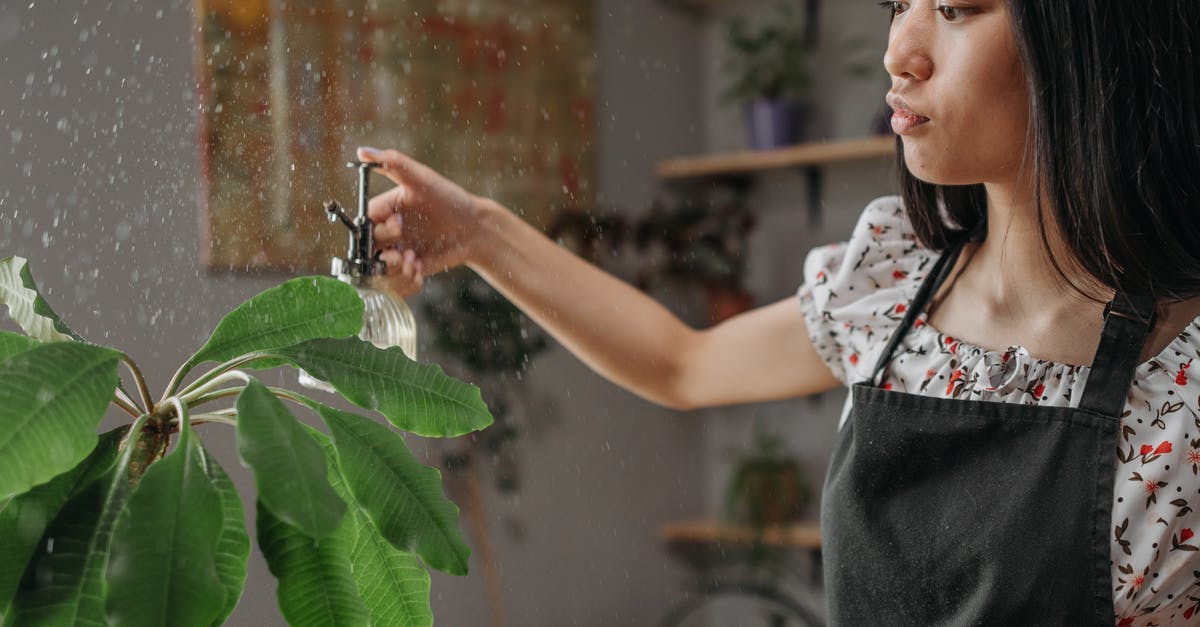Name of tea with tiny green leaves?

Please help me to identify the tea that I tried a long time ago.
It had very small bright green leaves (3-5 mm long). After brewing leaves became fully open, with very accurate undamaged leaves. The tea brew itself was green, with a slightly bitter taste and nice aftertaste, and it produced a very energetic effect.
I don't remember the tea name, but really want to buy one. Probable origin of the tea was Japan, Nepal, or Bhutan.
Best Answer
I cannot find a tea that matches your description, because the combination of Japanese style flavor and color and whole, small leaves is conflicting. I'm trying to find more information about Nepalese and Bhutanese green teas, but unfortunately they're not as well known or documented.
Perhaps we can work together to coax your memory and pin it down more?
I have four immediate questions to help pin it down more:
- Was the brewed tea yellowish at all, or a true green shade (less common)? I'm assuming you meant a true green when you said "green" but it isn't terribly specific.
- Were there any sweetness to the tea?
- What was the "nice aftertaste" you describe like?
- Can you think of any other flavor or smell descriptions that apply?
Here's what I get from your description: The use of whole leaves, not fragments and not pearls, rule out several categories of green tea, and is probably the most useful information. It is also unusual for Japan, which tends to fragment the leaves and roll them into little spikes called sencha rolls. Many Japanese teas include parts of the tea plant other than just the leaves (buds, twigs, etc).
The lack of a yellow tinge to the brewed tea suggests a Japanese, rather than Chinese, style green tea. This is the result of cooking the leaves in processing using steam (Japan), rather than a hot pan (China), the latter of which produces "aroma molecules characteristic of roasted foods (pyrazines, pyrroles) and a yellow-green infusion" (On Food and Cooking, pg 437). If there were grassier notes, that would further suggest a Japanese tea. Ceylon green teas are kin to assam tea, and tend to be darker in color, so that's right out.
The energetic effect and bitterness suggest a higher caffeine and phenolic compound level than normal for a green tea, and rule out something like Dragonwell which is naturally quite sweet. Which is a shame, because Dragonwell is phenomenal, and varieties can have the color and leave shape you describe.
EDIT: Try sencha!
Based on your description, I think it's the best way to go forward, followed by kabusecha. "Grassy" is a descriptor usually attached to the Japanese way of preparing green teas. I always think of it as the flavor of sencha, although it applies to other Japanese green teas. I think your best bet would be ignoring the problem of leaf rolling (there may be some tea manufacturer with an eccentric way of handling it) and trying a variety of top-quality senchas to see if you can find one with a similar flavor. The best ones will be made from very young, small leaves and buds.
Pictures about "Name of tea with tiny green leaves?"



Green Tea Leaves Nutrition Facts
More answers regarding name of tea with tiny green leaves?
Answer 2
What you're describing is in fact the grade of the tea instead of the type. There are many types of green teas from different countries, but they can be produced using broken leaves, large leaves, small leaves or even buds. Especially for green tea, the use of small leaves and buds generally means it's a relatively higher grade green tea.
I think given your description, it might be a mao jian green tea.
Sources: Stack Exchange - This article follows the attribution requirements of Stack Exchange and is licensed under CC BY-SA 3.0.
Images: Tranmautritam, Pixabay, Rafael Titoneli, ROCKETMANN TEAM
